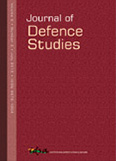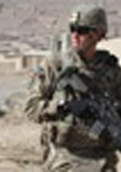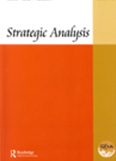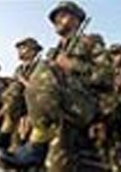Coalition Warfare, edited by N.B. Poulsen, K.H. Galster and S. Nørby
The book contains 10 articles from presentations made by Western scholars (including officers from the defence forces) at the Royal Danish Defence College, in 2011, and has been edited by N.B. Paulsen, K.H. Galster and S. Nørby. Their historical research brings out that coalition warfare is not a new phenomenon, and has been practised by nations for different reasons. While, in most cases, countries came together when they faced a common threat and did not have the strength (manpower, finances or military power) to counter it, often it was to regain their pride and prestige in the world.
- Y.M. Bammi
- October 2015










